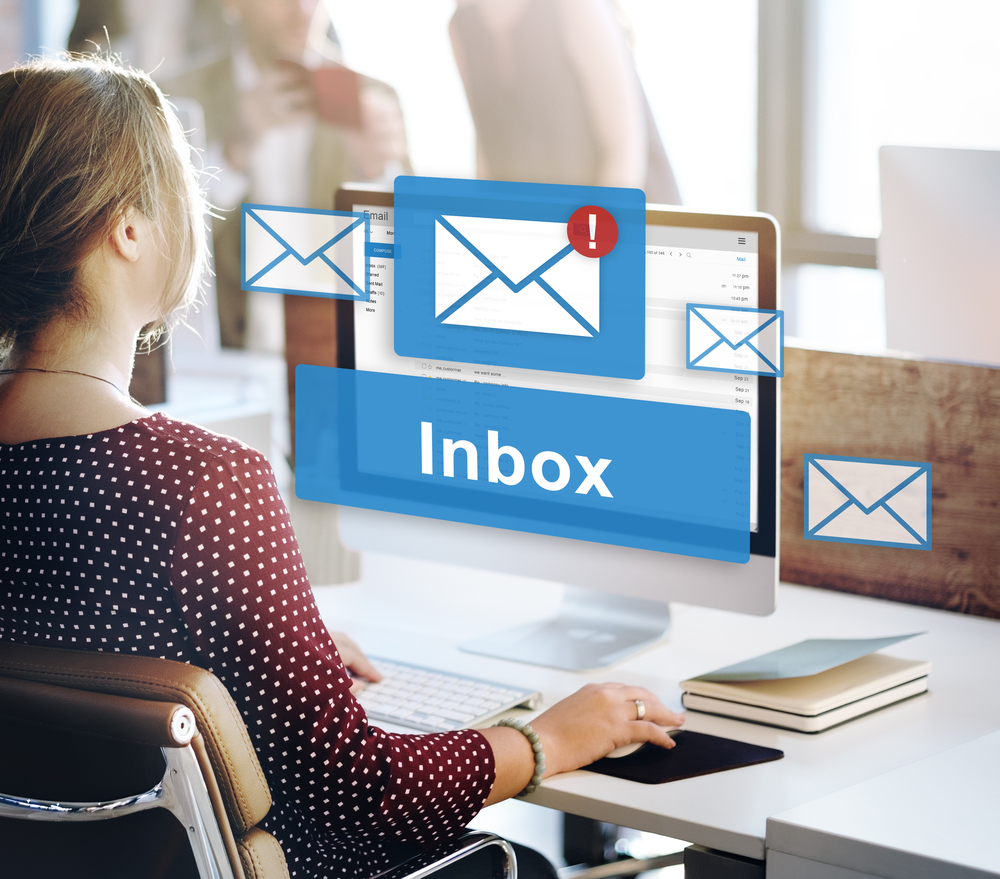Email marketing is a valuable tool for small business owners and creators. But for optimal results, you have to learn how to format and compose emails that draw readers in — otherwise, your messages may end up in the trash.
One of the most important aspects of any email is the introduction. The first few sentences of your email can make or break its performance. As such, it’s a good idea to familiarize yourself with best practices on how to start an email to grab your reader’s attention.
Why your intro matters
There are a few reasons why you should spend time carefully crafting the intros of your marketing emails. It will be the first thing your reader sees, and naturally, you want to make a good first impression. If the content isn’t interesting or engaging, they might decide that the email isn’t worth reading and click away before they get to the good stuff.
Further, the first few lines of an email often appear in the email “preview,” explains Campaign Monitor. If your opening lines don’t provide value or generate interest, your recipients may choose not to open the email at all, which will negatively affect your open rate and the overall success of the campaign.
Put time into subject lines
It’s important to consider the subject line in addition to the opening text. HubSpot explains that 35 percent of email recipients open messages based on the subject line alone, so if you’re not composing compelling copy for this field, you’re doing yourself a disservice.
Here are a few tips for writing better subject lines:
- Keep it short and sweet — fewer than 50 characters is ideal, according to HubSpot.
- Pose a compelling question.
- Use action verbs to entice people to click.
- Make readers feel special with an “exclusive offer” or “private invite.”
- Try to make it clear what’s inside the email.
Use personalization
Statistics show that people are more interested in emails that are personalized to some degree. Campaign Monitor notes that personalized subject lines are 26 percent more likely to be opened, and personalized email content increases click-through rates by 14 percent.
How can you personalize emails? One simple way is to include the recipient’s name in the subject line or opening text using merge tags — this is a feature on MailChimp and other email marketing platforms that allows you to add a personal element to mass emails.
Establish relevancy, without giving it all away
Right off the bat, you want to establish relevancy for your reader. Make it clear to them from the first line why they should take the time to read your email.
Are you offering a special promotion to your email subscribers? Did you publish a new blog post that will interest them? Are you changing your store’s hours? Get to the point within the first few sentences, but if you want them to take additional action, don’t give everything away just yet.
For instance, if you’re promoting a new blog post on how to bake a better cake, use descriptive language to tell your readers just how good it is. You’ll want to tease them a little so that they’re willing to click over to your blog to discover the secret ingredient. Don’t give it away in the email.
There’s no one set way on how to start an email, but the bottom line is that your email introduction should be interesting and engaging to draw readers to the body of the email.

